Spring Hydrangea Care
Spring Hydrangea Care
There are several ways you can help your mophead and lacecap hydrangeas to do well this summer. After all, tending to our favorite shrubs is a way we can stay focused on better days to come. Here are your Hydrangea tips for success.
- Clean all the leaves out from under and around the hydrangea canes. This not only makes your landscape look better, but it helps to prevent large populations of chilli thrips that damage hydrangea leaves. See photo below for how chilli thrips (Scirtothrips dorsalis) damage looks on hydrangea foliage.
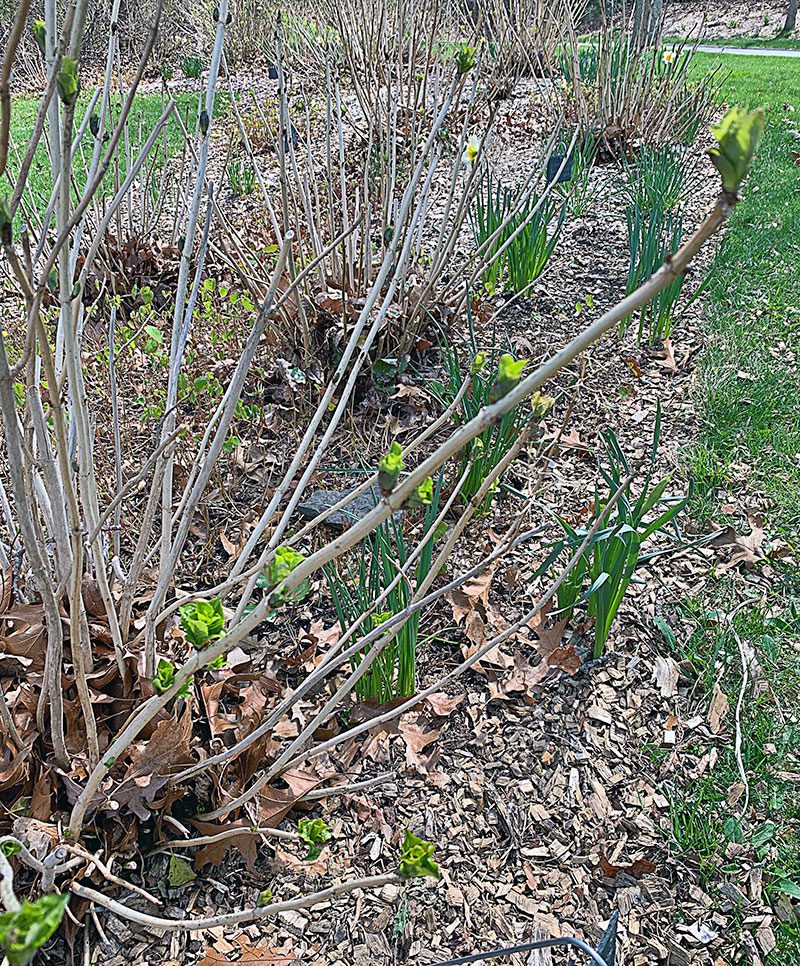
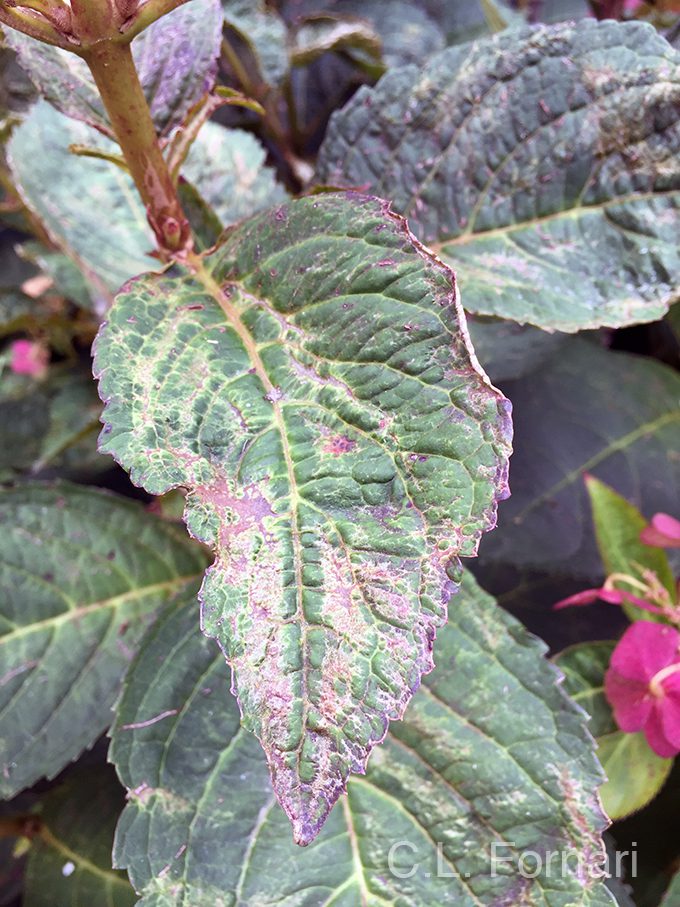
- After the leaves are cleaned up from in and around your hydrangea canes, it’s a good time to fertilize with a light application of Holly-tone. Scatter this organic fertilizer around the plant and beyond the dripline. Spread one inch of compost around plants if your soil is sandy, and top that with one to two inches of mulch.
- Once the soil is taken care of, you can turn your attention to pruning.
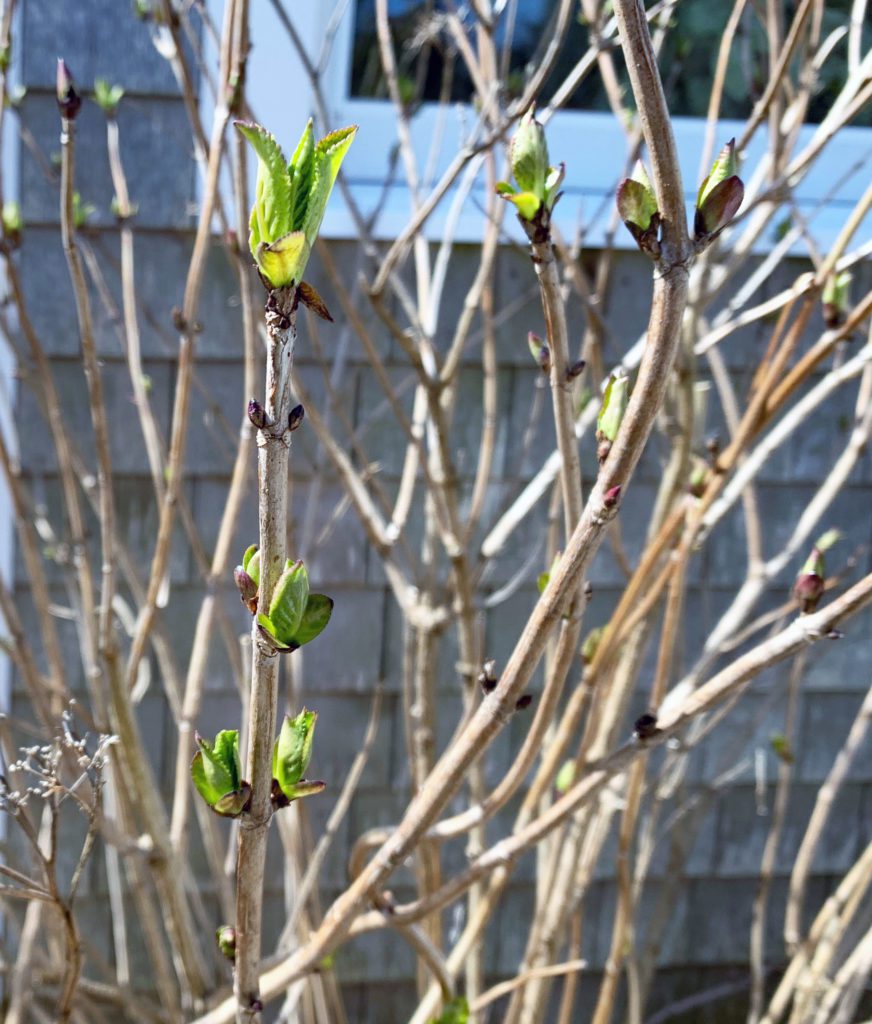
- Prune in the following manner: wait until the canes have leaves that are opening. When the buds are dark or green and dark, it’s impossible to tell if they are viable or not. So don’t start to prune until those buds start to open as pictured above. First remove any cane that is clearly dead. Dead canes will have no buds or green leaves on them at all. If many of the canes have opening leaves, but some continue to have black, hard buds, chances are those with the unopened buds are not viable and can be removed. Cut dead canes down to close to the ground. (If you don’t want to get down on the ground to do this, use a lopers.)
- Once the dead canes are removed, clip off the old flowers, making the cut just above any green leaves you come to. If there is a green bud at the top of the cane, don’t cut it off! Every green bud that is opening into leaves has the germ of this summer’s flowers in it.
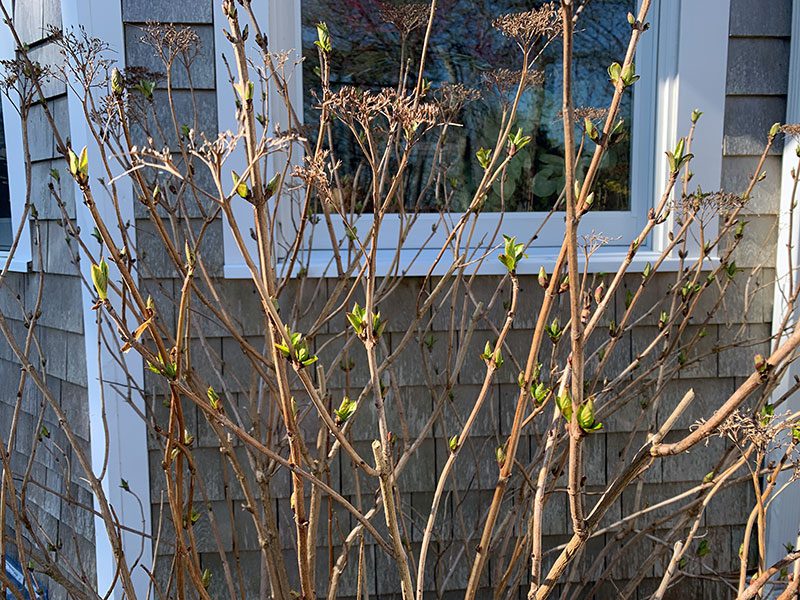
- Do not try and make your mophead and lacecaps shorter. You will have fewer flowers and the plant will be just as tall in July as it was before. There is no way to keep these plants shorter once they are mature. If your hydrangea is too large for the location its in, move it.

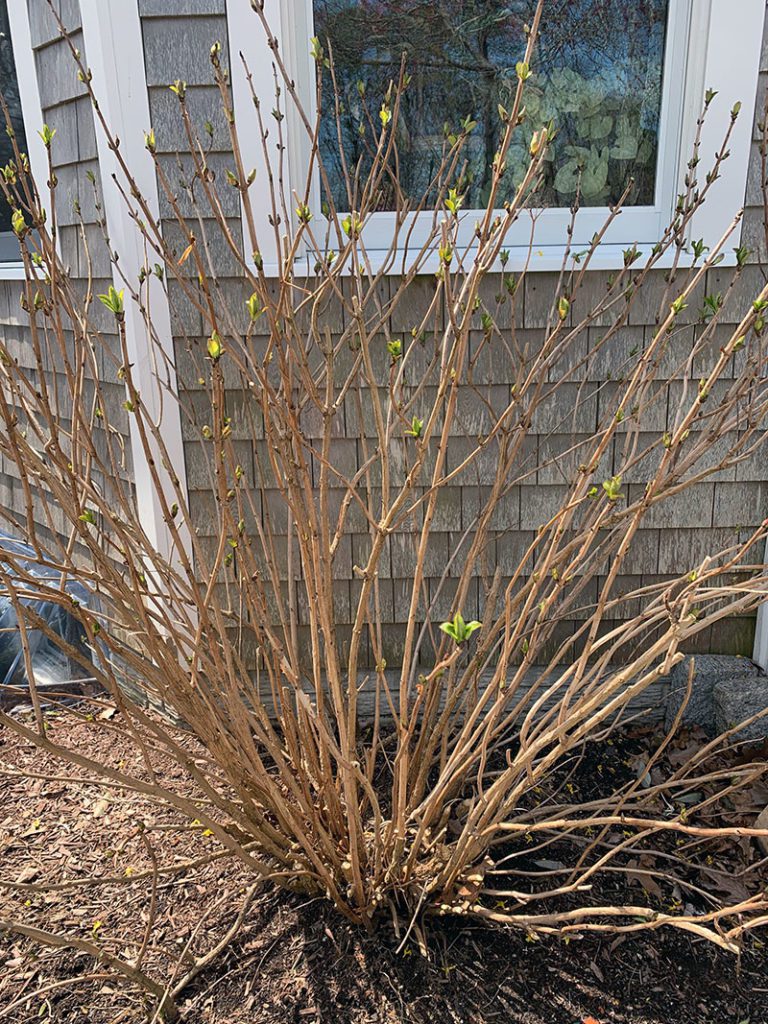
- If your lawn near a hydrangea has been repeatedly limed, or the shrubs are growing close to cement foundations or walkways, the soil might be alkaline enough to turn your flowers pink. If this is happening to your plants, use sulfur to make the soil more acidic.
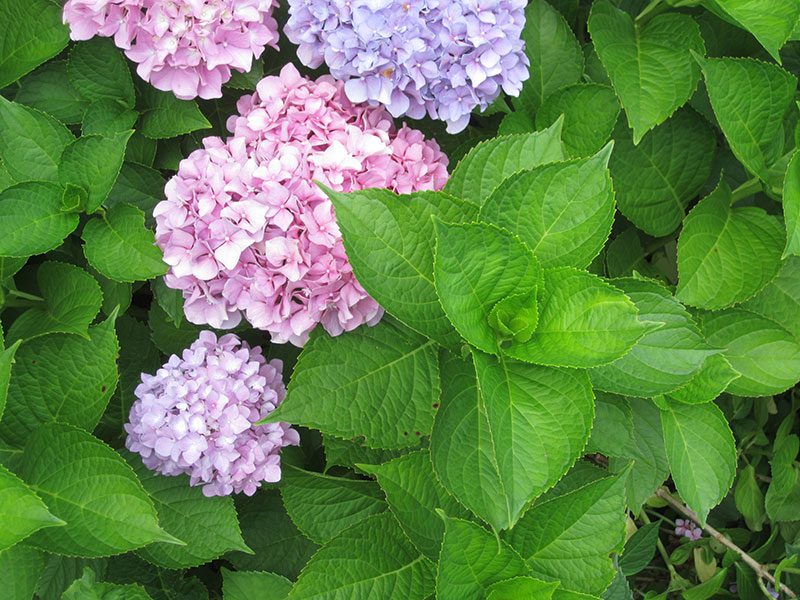
Posted in Uncategorized
Subscribe To Our Newsletter
Sign up for our weekly email about sales and events.
